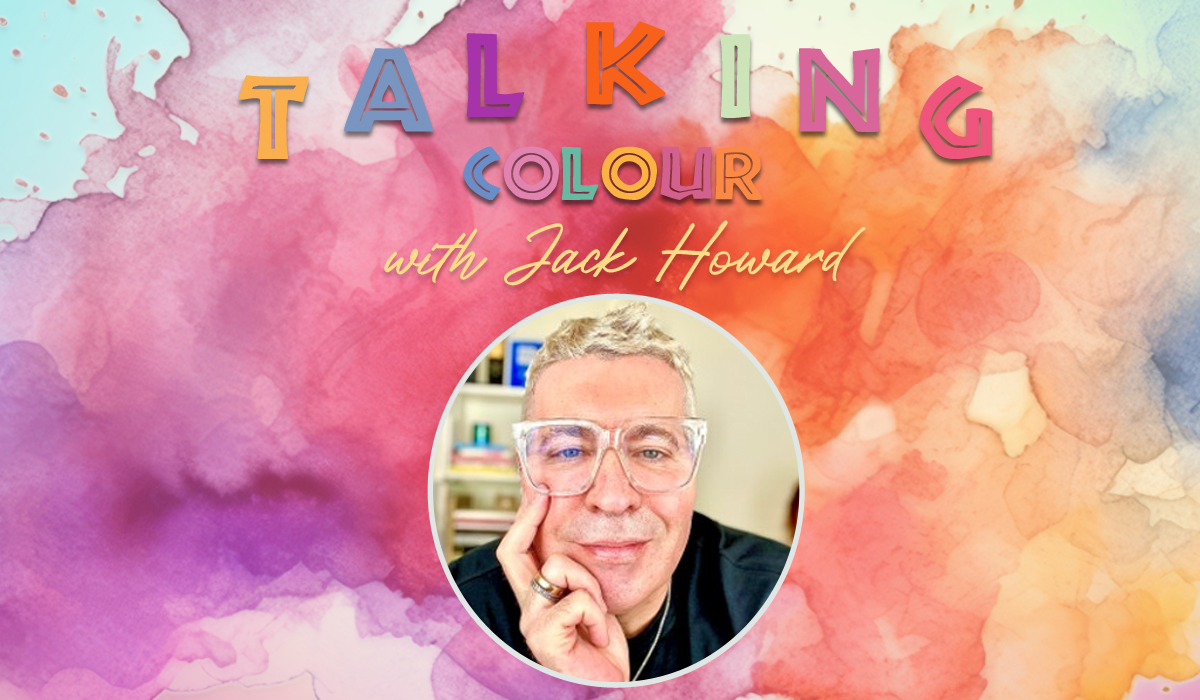The language you use with colour clients is vital to building trust and loyalty. Using the right words can make or break their view of you or even determine whether they like what you create. Jack Howard, L’Oréal Professionnel Paris Artist, offers his advice on how to talk colour with clients, including key words to use and what to avoid.
1. Don’t get technical
Don’t fall into the trap of using technical language when you are talking to clients about colour. You need to use language that the person in front of you understands – they won’t know a level two from a level seven, or an ash/gold from an ash, but they will relate to the language of make-up, fabrics and food. Try to incorporate these elements into your colour consultation.
2. Avoid the word ‘dark’ when talking about blondes
Blonde clients are fiercely protective of their colour. One thing I find scares them is using the word dark or talking about adding dark pieces to their hair. In their heads, dark pieces mean stripey hair and that’s something they want to avoid at all costs. I always say I am going to add some darker blonde pieces, which technically means a level seven. Just keep using the word ‘blonde’ whenever you talk about the tones you are going to add – this will lead to a much calmer and more flexible client.
3. Don’t discriminate based on age
Obviously, it’s important to treat every client as an individual. Don’t make the mistake of assuming older clients don’t want to hear the same key buzzwords as clients in their 20s. Whatever age the client, I think we should keep the language we use relevant, modern and fresh. It’s interesting to see how older clients react when you do reference modern trends or influences. Remember, older clients still want to be seen and they still want to be relevant – the language you use should always be open and inclusive. Your words shouldn’t be referenced around youth; they should be referenced around hair colour.
4. Don’t use the B-word
I steer away from using the word bleach. Even though we know it’s bleach, don’t label it that to a client. Bleach sounds harsh and aggressive, instead use words like lightening. If a client says they don’t want bleach, do a deep dive and find out why.
5. Don’t do all the talking
The most important part of a colour consultation is getting the client to talk about their hair. Give them some key phrases such as:
- ‘How do you feel about your hair colour?’
- ‘What do you like about your hair colour?’
- ‘When did your colour look its best?
- ‘What don’t you like?’
Once you’ve listened, then you can offer your expert opinion and guidance. Plus, sit on a stool facing them and keep their chair higher than yours instead of standing behind them. It’s a subtle power shift that allows them to feel safer.
For related article, click here





